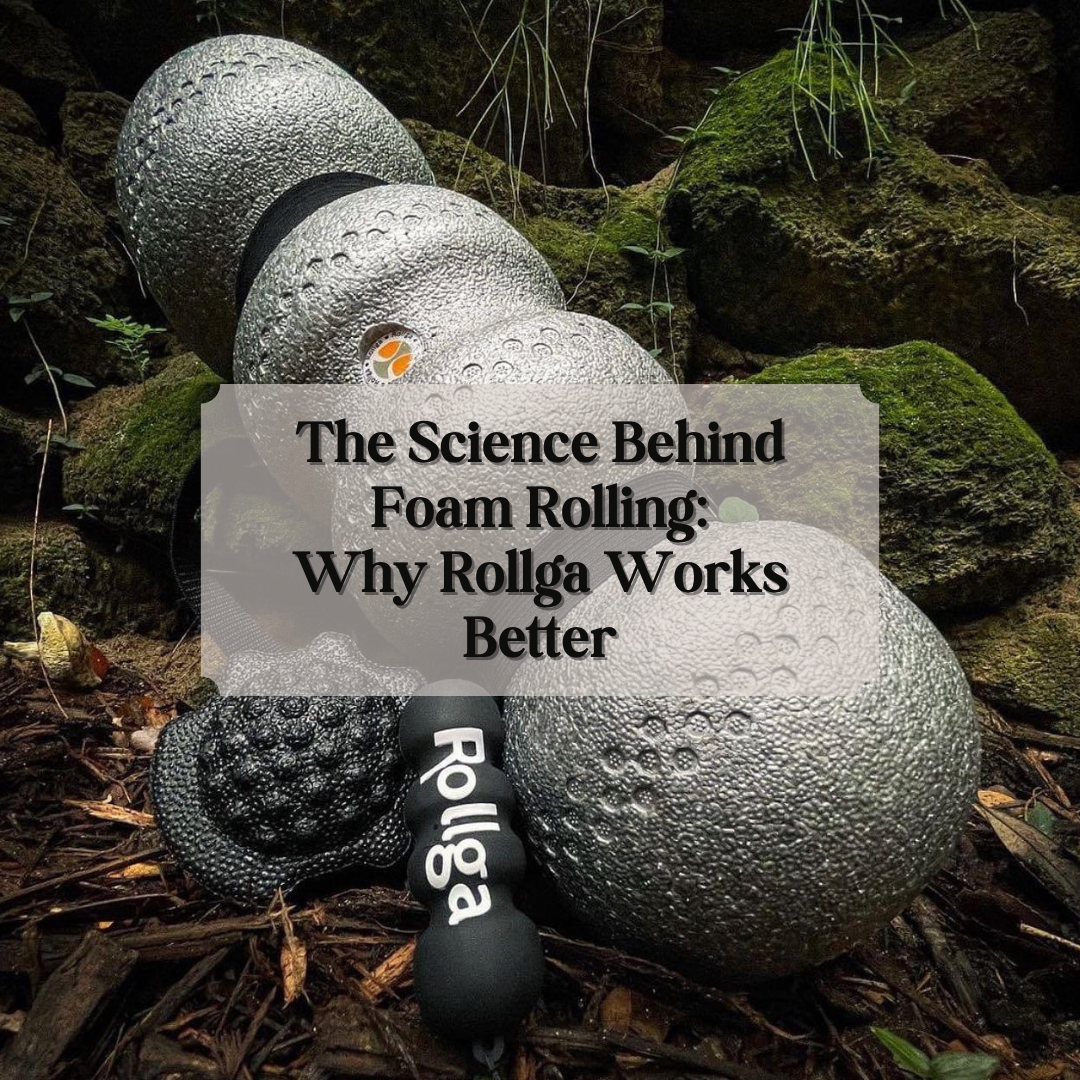
Foam rolling has been widely studied for its benefits in muscle recovery, flexibility, and pain reduction. However, not all foam rollers are created equal. Rollga’s scientifically designed structure makes it more effective than traditional cylindrical rollers, providing a deeper and more targeted approach to myofascial release.
Understanding Myofascial Release
Myofascial release is a technique that involves applying sustained pressure to the fascia—the connective tissue surrounding muscles—to alleviate tension and improve movement. Research shows that foam rolling can:
-
Increase blood flow and oxygen delivery to muscles
-
Reduce muscle stiffness and soreness
-
Improve range of motion and flexibility
-
Enhance neuromuscular efficiency
Why Rollga is Scientifically Superior

-
Ergonomic Design for Optimal Pressure
Rollga’s contoured shape prevents excessive pressure on bones and allows for deeper muscle penetration. This design mimics the hands of a therapist, promoting more effective myofascial release. -
Enhanced Circulation & Recovery
Studies show that targeted foam rolling improves circulation, helping to reduce recovery time after exercise or injury. Rollga’s structure optimizes this process by applying pressure more efficiently than flat rollers. -
Spinal and Joint Safety
Unlike traditional rollers that can press uncomfortably on the spine, Rollga’s design cradles the back while still allowing effective muscle release. This makes it ideal for individuals with back pain or joint sensitivity. -
Faster, Longer-Lasting Results
Due to its ability to reach deeper layers of muscle tissue with greater precision, Rollga delivers faster relief from tightness and helps maintain mobility over time.
Science backs up the benefits of foam rolling, but Rollga takes it to the next level. By leveraging an innovative design that aligns with human biomechanics, Rollga ensures more effective muscle recovery, better performance, and long-term musculoskeletal health.
